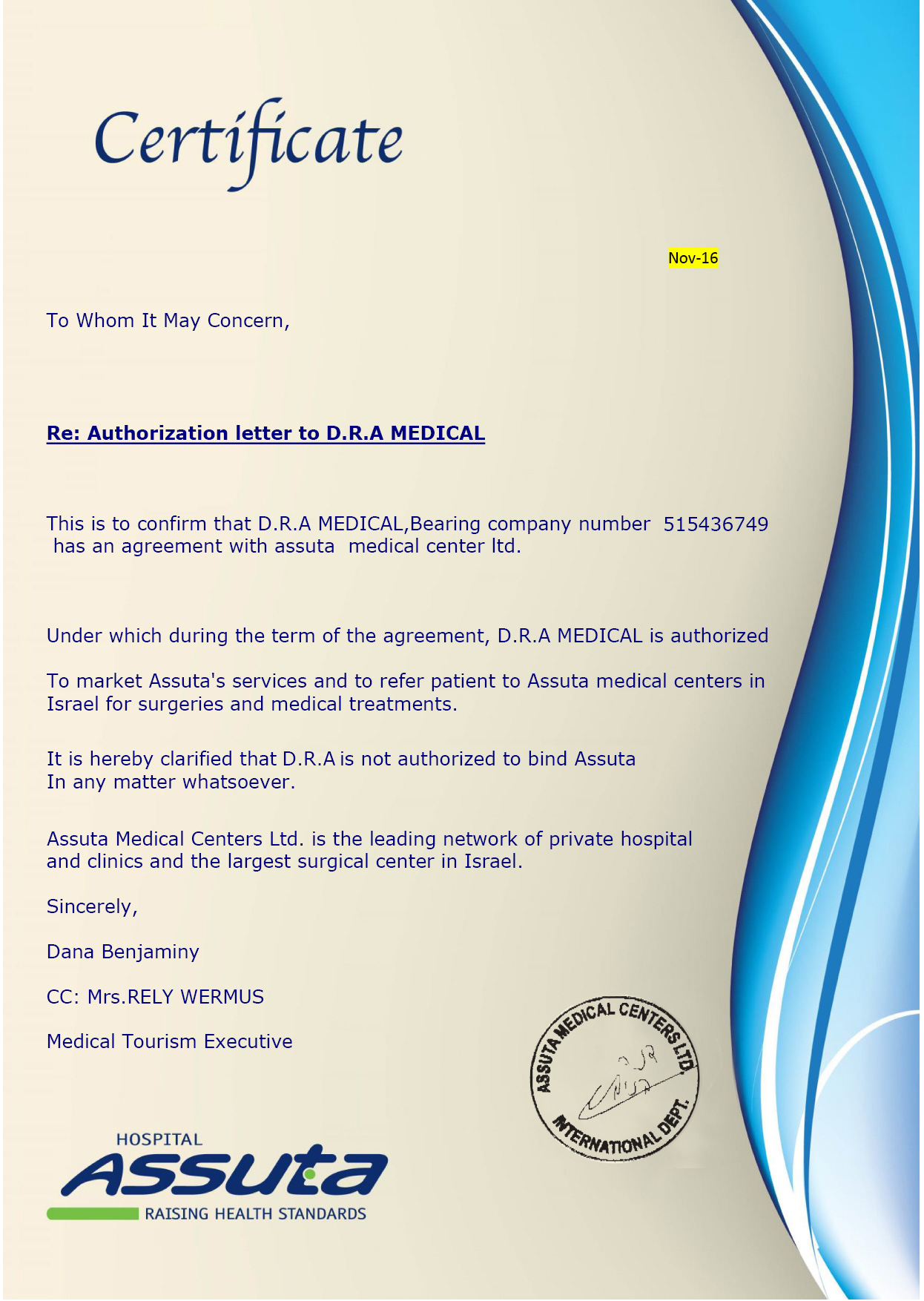Introduction
As a man ages, it is common to experience enlargement of the prostate gland, a condition known as benign prostatic hyperplasia. As a person matures, prostates go through two growth periods. The first growth occurs in early stages of puberty and during this time the prostate doubles in size. The gland begins to grow again at around the age of 25 and this growth may later result to enlargement. The benign prostatic enlargement or benign prostatic hyperplasia may not show symptoms in early years but later in life, the signs show up.The number of men who suffer from this condition increase with age and by the age of 60, it is estimated that about 50 percent of all men will begin showing some signs of non-cancerous prostate enlargement. At around the age of 85, more than 90 percent of men develop signs of this condition with about half of them requiring some form of treatment.
Is there any relationship between benign prostatic hyperplasia and prostate cancer?
The answer to this question is that there is no conclusive research findings, which seem to indicate that having benign prostatic enlargement increases the risk of suffering from prostate cancer. What is known is that both these conditions have similar symptoms and a man may suffer both at the same time. It is essential that prostate cancer be detected in advance. Men who are at higher risk of developing prostate cancer should begin checkups at an early age of about 40.Symptoms
Most of the symptoms of non-cancerous prostatic enlargement arise from obstruction of urethra and the subsequent progressive loss of function of the bladder. When examining the symptoms, it is important to understand that the size of the prostate does not always reflect the severity of the symptoms or the obstruction. This is the reason why you may find that some men with more enlarged glands have few symptoms or little obstruction and other men with less enlarged prostate glands have greater problems such as severe blockage.At times, a person may not show any symptoms of benign prostatic enlargement until a sudden obstruction occurs making him unable to urinate, condition known as acute urinary retention. Some of the symptoms, which you may experience, are such as slowness or dribbling of urinary stream or difficulties starting to urinate. A man may also have frequent urination and feeling of sudden need to urinate with some men needing to get up at the middle of the night to urinate.
As the condition progresses, a man may develop bladder stones and infection. Blood in urine and damage to kidney due to retaining of large amounts of urine may also occur. A complete blockage of the urinary tube may occur, preventing urination.
Diagnosis
A digital rectal examination is performed to detect an extended growth of the prostate gland. Since the gland is located in front of the rectum, it is easier for the doctor to feel the size of the gland and if there are hard areas that could indicate possible invasion of cancer. A survey entailing questions may be completed to evaluate the symptoms. A cystoscopy may be done to look into the bladder.Treatment
Treatment of benign prostatic enlargement varies depending on the severity of the symptoms. If you show mild symptoms, you may not need treatment. What the doctor may do is to recommend for continued observation and checkups to make sure that the growth does not get worse. Through a watchful waiting approach or surveillance, you are able to keep watch of the symptoms.If the noncancerous growth has advanced significantly, treatment is needed. Medication with use of drugs may be applied to inhibit the production of hormones that influence the growth of the gland. In addition, drugs may be administered to help relax the prostate muscles thus reducing the tension on the urine tube.
Surgical procedures may be recommended to remove the tissue that causes the obstruction. Transurethral resection of the prostate is the most common surgical procedure in treating benign prostatic enlargement. This technique involves removal of the tissue that blocks the urethra. This treatment is effective but then again, it may have potential side effects such as impotence, infection, bleeding, and incontinence or inability to control flow of urine.
A less complex surgery procedure is the transurethral incision of the prostate. This procedure does not remove the tissue and instead, it widens the urethra through small cuts in the bladder neck and in the prostate gland. The aim is to relieve pressure on the urethra and improve flow of urine.
Minimally Invasive Procedures
Minimally invasive procedures are the preferred option by most physicians. These new treatments have the ability to reduce the size of the gland and relieve the blockage caused on the urinary. They are less invasive and cause minimal damage to the healthy tissue like in traditional surgery. In addition, these minimally invasive procedures will subject you to less time in hospital and can be done with the highest level of nerve preservation.One of the minimally invasive procedures for treating benign prostatic enlargement is transurethral microwave thermotherapy. In this procedure, temperatures of above 45 degree Celsius from microwave energy are delivered right to the prostate with an antenna in a catheter while another tube or catheter circulates coolant in the urethra to make you feel comfortable during the surgery.
Another less invasive procedure is transurethral needle ablation. This technique uses low levels of radio frequency energy, which is delivered to the enlarged prostate tissue with use of two needs. The energy ablates or burns away an area of the tissue that is enlarged.
In essence, the doctor will discuss with you the various treatment options available for benign prostatic enlargement and their side effects and then decide which procedure is best suited for you depending on your overall health, severity of the symptoms, as well as the possible side effects of the surgical procedures.








